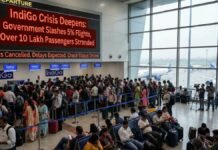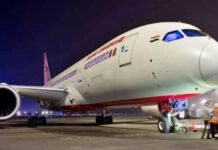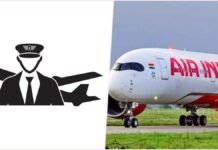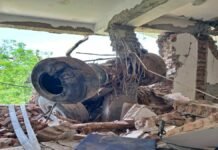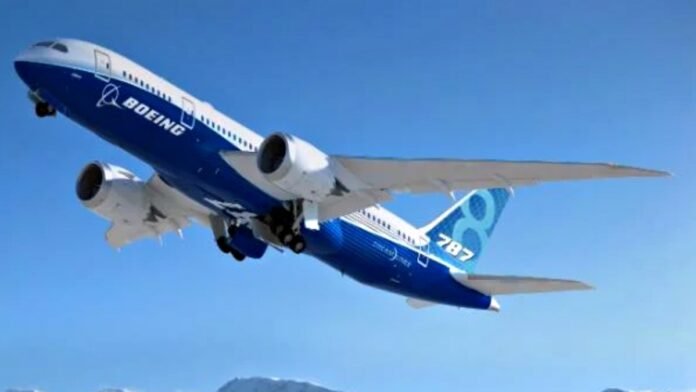
Key Points
- Air India Flight AI-171, a Boeing 787-8 Dreamliner, crashed minutes after takeoff from Ahmedabad, killing 241 people on board and causing additional casualties on the ground.
- The crash occurred in the densely populated Meghani Nagar area, with the aircraft striking residential quarters and erupting in a massive fireball.
- Early investigation points to technical anomalies: the plane was seen flying low with landing gear down and flaps retracted, indicating possible engine and hydraulic failure.
- The tragedy is the first-ever fatal crash involving a Boeing 787 Dreamliner since its introduction in 2011, intensifying scrutiny of Boeing’s safety culture and manufacturing practices.
- Whistleblowers and former Boeing engineers have repeatedly warned about shortcuts in the 787’s production and potential risks to passenger safety.
- Compensation for victims’ families is expected to be the largest in Indian aviation history, with Air India and Boeing facing major insurance and liability claims.
New Delhi: Thursday morning in Ahmedabad turned into a scene of horror as Air India Flight AI-171, a Boeing 787-8 Dreamliner, crashed just moments after takeoff for London Gatwick. The aircraft, carrying 242 people including 169 Indians, 53 Britons, 7 Portuguese, and 1 Canadian issued a mayday call before plummeting into the Meghani Nagar area, striking the residential quarters of BJ Medical College and igniting a massive inferno. Only one passenger survived, making it one of the deadliest air disasters in India’s recent history.
Technical Anomalies: What Went Wrong?
Aviation experts and investigators are focusing on the aircraft’s configuration during its brief flight. Video evidence and flight data reveal that the Dreamliner was flying at a low altitude with its landing gear extended and flaps retracted an abnormal and dangerous situation during takeoff. This configuration suggests possible cascading technical failures, including engine and hydraulic system loss, which may have prevented the crew from retracting the gear and controlling the aircraft’s climb.
Some reports indicate that the pilots may have mentioned “engine failure” in their final mayday message, though this has not been officially confirmed. The aircraft reached only 625 feet before losing altitude and crashing into the populated area, causing devastation both onboard and on the ground.
Boeing’s Dreamliner Under Scrutiny
The crash has reignited global concerns about Boeing’s safety standards and manufacturing practices. Although the Boeing 787 Dreamliner was launched with promises of advanced technology, fuel efficiency, and safety, it has faced a series of technical issues since its debut. Whistleblowers like Sam Salehpour and John Barnett have testified about improper assembly, shortcuts in production, and ignored warnings that could compromise the aircraft’s structural integrity and passenger safety.
The Federal Aviation Administration (FAA) and other regulators have investigated the 787’s manufacturing process, citing gaps in Boeing’s safety culture and operational oversight. The Ahmedabad crash is the first fatal accident involving a Dreamliner, shattering its previously strong safety record and drawing parallels to Boeing’s earlier crises with the 737 Max.
Rescue, Investigation, and Compensation
Emergency teams responded rapidly, but the intense fire and destruction complicated rescue efforts. The Directorate General of Civil Aviation (DGCA) has launched a formal investigation, with US and UK authorities joining to analyze the black boxes and determine the cause. Air India and Boeing have pledged full cooperation.
The financial fallout is expected to be immense. Experts estimate the insurance liabilities could reach up to $280 million, making it India’s most expensive aviation insurance claim. Air India’s parent company, Tata Group, has announced an initial compensation of ₹1 crore per victim, with further payouts to follow under the Montreal Convention.
A Global Wake-Up Call
The Ahmedabad crash has sent shockwaves through the aviation industry, raising urgent questions about Boeing’s commitment to safety and the oversight of modern aircraft manufacturing. With the Dreamliner’s reputation now under intense scrutiny, families of the victims nd the flying public worldwide re demanding accountability and answers.
The Air India Dreamliner tragedy in Ahmedabad is not just a national disaster but a global warning. As investigators work to uncover the truth behind the crash, the world watches to see if Boeing and regulators will finally address the deep-rooted safety concerns that have haunted the company for years.


































